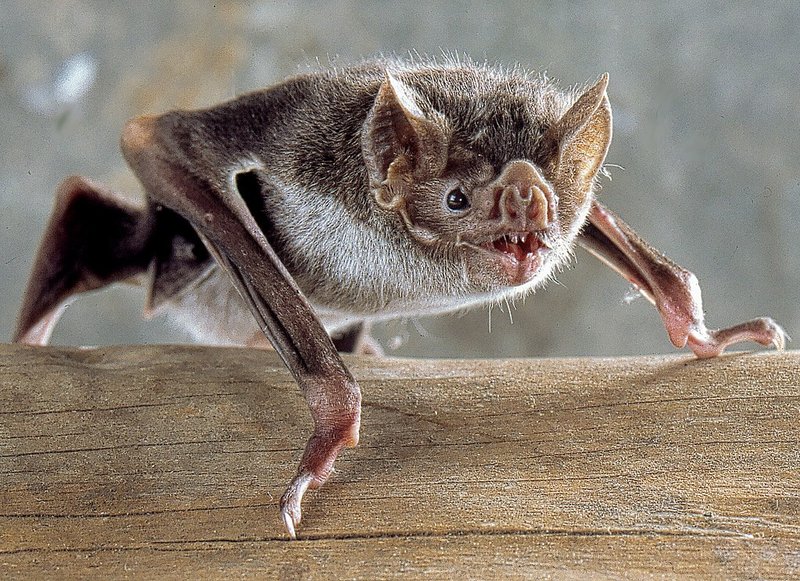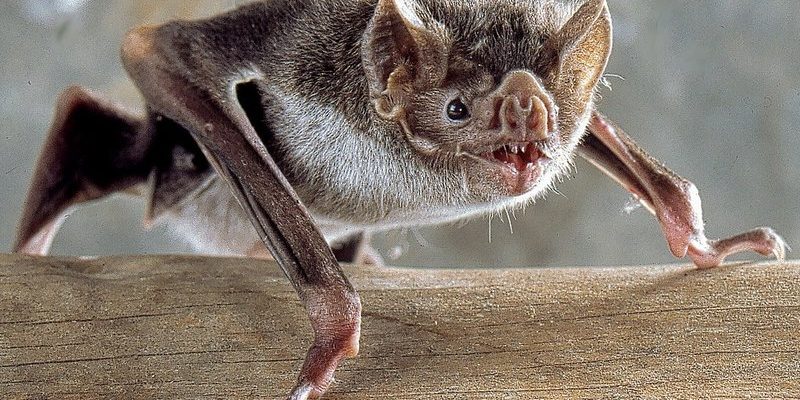
You might be wondering how a creature that’s so wrapped up in legend can be misunderstood to this extent. Well, let me explain. The vampire bat, primarily found in Central and South America, is often unfairly labeled as a villain of the animal kingdom. They’re frequently portrayed as bloodsucking beasts with a thirst for human life. However, like any animal, their nature is a bit more complex than what we see in movies or hear in folklore. So buckle up, and let’s dive into what makes these bats both unique and misunderstood.
Myth 1: Vampire Bats Only Drink Human Blood
You might have heard that vampire bats feast exclusively on human blood. Here’s the truth: that’s just not the case. While they are known for their bloodsucking habits, vampire bats primarily target livestock – particularly livestock like cows and horses.
These bats are equipped with sharp teeth that allow them to make small incisions in the skin of their chosen prey. They then lap up the blood, but only take a few tablespoons at a time. Think of it as a snack rather than a full meal. Isn’t that surprising? Also, the saliva of vampire bats contains an anticoagulant, which keeps the blood flowing while they feed. This unique adaptation makes them quite efficient at getting what they need.
Interestingly, vampire bats are also social animals. They often share food with other bats that haven’t had a successful night of feeding. This behavior is a sign of strong social bonds and a way for them to survive together in their natural habitat. So, while they might be known for their blood-drinking ways, their habits are a lot more communal than you’d expect!
Myth 2: Vampire Bats Are Dangerous to Humans
Another common misconception is that vampire bats pose a significant threat to humans. Here’s the thing: while they are capable of biting humans, it’s rare for them to do so. Most vampire bats prefer to stay away from humans. They aren’t aggressive and will often avoid confrontation altogether.
In fact, many people who live near vampire bats often coexist with them without any issues. Think about it this way: just like how you might not see a raccoon in your backyard every day, vampire bats tend to stick to their territories. Moreover, the incidence of vampire bat bites on humans is quite low, as they target larger animals for feeding.
That said, if a vampire bat does bite a human, it can lead to potential health risks, particularly rabies. This is why it’s important to be cautious in areas where these bats are present. But overall, vampire bats aren’t out hunting for humans—they’re just trying to survive in their own way.
Myth 3: All Bats Are Vampire Bats
You might be under the impression that all bats are vampire bats. But that’s definitely a myth! In reality, there are over 1,300 species of bats worldwide, and only three species are considered vampire bats. Most bats are insectivores, enjoying a diet of insects or fruit, while a few others might even eat nectar.
Understanding the diversity among bat species is crucial. For example, fruit bats, also known as flying foxes, are gigantic and play a vital role in pollination and seed dispersal. They’re essential for the health of ecosystems. So, when we lump all bats together and label them as potential bloodsuckers, we miss out on appreciating the amazing variety of these creatures.
The differences in diets and behaviors among bat species show how adaptable they are to their environments. This adaptability has allowed them to thrive in a variety of habitats, from tropical rainforests to temperate regions.
Myth 4: Vampire Bats Have No Value in Nature
If you think vampire bats are just bloodsucking nuisances, think again! These bats actually play a role in their ecosystems. By feeding on the blood of livestock, they help keep animal populations in check. This feeding behavior can alert farmers to the health of their animals, as a sudden increase in bat activity could indicate issues.
Additionally, vampire bats contribute to the food web. They’re prey for larger animals, like owls and snakes. Every species plays its part in maintaining ecological balance, and vampire bats are no exception.
Moreover, the anticoagulant in their saliva, known as “draculin,” has sparked interest in medical research. Scientists are exploring its potential to help treat blood-clotting disorders in humans. So, next time you hear someone dismiss vampire bats, remember that they could hold the key to important scientific advancements!
Myth 5: Vampire Bats Are Bloodthirsty Killers
The image of vampire bats as ruthless killers is a classic trope in movies and stories. However, the reality is that these bats are quite the opposite. They don’t kill their prey—far from it. Instead, they feed gently and only take what they need.
Vampire bats have evolved to be efficient in their feeding methods without causing lasting harm to their hosts. It’s like a little snack that doesn’t require a full meal. Their ability to consume blood without killing the animal allows them to return to the same host for food multiple nights in a row. This adaptability helps sustain their populations and ensures they have a consistent food source.
Let’s not forget that in the animal kingdom, survival often means finding the least harmful way to feed. Vampire bats have mastered this art, proving that they can live in harmony with their environments while still obtaining the nutrients they need.
There’s so much more to vampire bats than what we often hear. From being social creatures to playing a vital role in ecosystems, they deserve a chance to be seen as more than just villains in folklore.
By debunking these myths, we can begin to appreciate these fascinating creatures for what they truly are: unique animals with an important place in nature. So, the next time you hear about vampire bats, remember that there’s more going on beneath the surface. They’re not the monsters we often think they are; instead, they’re a reminder of nature’s complexity and beauty.

